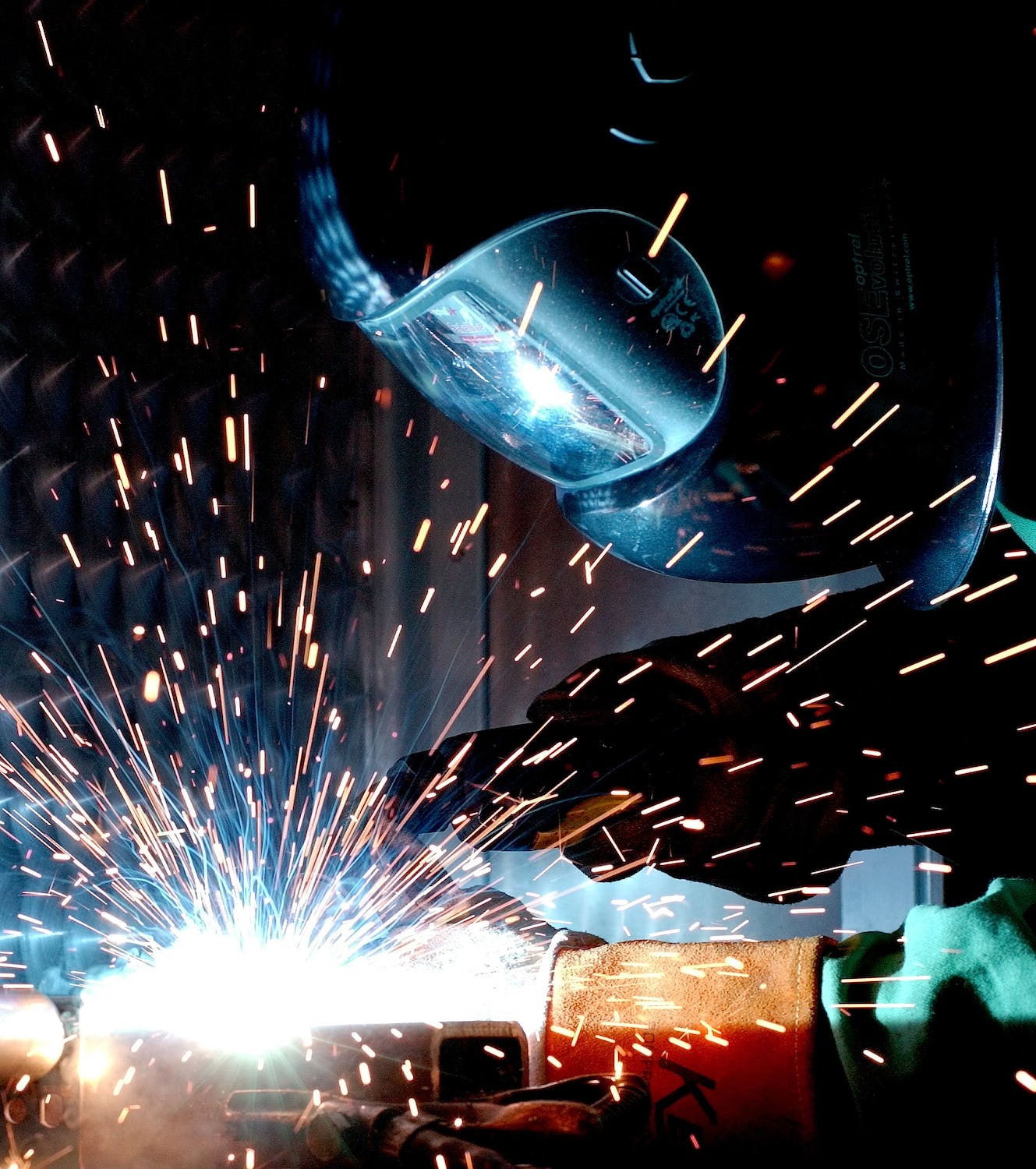
27 Apr WHAT’S THE FUTURE OF IRON AND OTHER METALS IN THE NEW ECONOMY?
As the world’s population grows and industrialization continues, the demand for iron and other metals is set to increase. These longstanding components are fundamental to modern society, used in everything from infrastructure and transportation to electronics and renewable energy. So I figure it’s a fine moment to think about the future of iron and other metals, including their changing role in the global economy.
Right out of the gate: Technological advancements are transforming the way metals are extracted and processed. Innovations in mining and extraction techniques, such as automation, robotics, and data analytics, can improve efficiency, reduce costs, and minimize the environmental impact of these activities.
For instance, remote-controlled equipment and autonomous vehicles can enhance worker safety while increasing productivity. Moreover, advanced data analysis tools can optimize mine planning, resource allocation, and ore processing, resulting in a more efficient and environmentally friendly mining industry.
As concerns over resource scarcity and environmental degradation grow, the focus is shifting towards sustainable production and recycling of metals as well. The circular economy model, which emphasizes the reuse and recycling of materials, is gaining traction within the industry.
Iron and steel, for instance, are already among the most recycled materials globally. However, there is still potential for improvement, particularly in the recycling of less common metals. Advancements in recycling technology and waste management practices can lead to a more sustainable metals industry and reduce the environmental footprint of production.
The transition towards clean energy and low-carbon technologies is also driving uptake for so-called “green metals,” such as lithium, cobalt, and nickel, used in batteries for electric vehicles and energy storage systems. To meet this increasing interest, the mining and metals industry must invest in the exploration and development of new deposits while ensuring the responsible and sustainable extraction of these resources. Transparency and traceability within supply chains will also be critical to minimize the risk of human rights abuses and environmental damage associated with mining activities.
Geopolitical factors will further continue to reshape the future of iron and other metals as well. As global demand for these resources increases, competition for access to reserves and control over supply chains may intensify, potentially leading to trade disputes and market volatility.
Diversifying sources of supply and investing in domestic production capabilities can help countries reduce their reliance on imports and mitigate the risks associated with geopolitical uncertainties. Furthermore, international cooperation and dialogue will be crucial to address challenges related to resource security and ensure the fair and equitable distribution of metals worldwide.
Changing market dynamics are additionally playing a role here, driven by factors such as technological advancements, demographic shifts, and evolving consumer preferences. To remain competitive and resilient, the industry must anticipate and adapt to these changes, investing in research and development, enhancing operational efficiency, and exploring new market opportunities.



